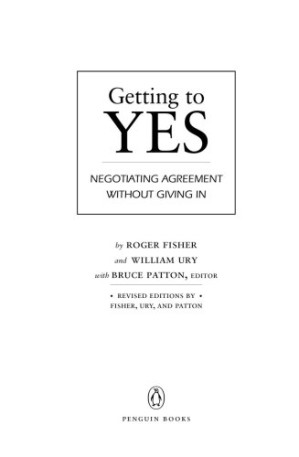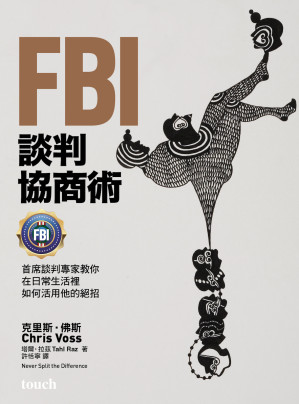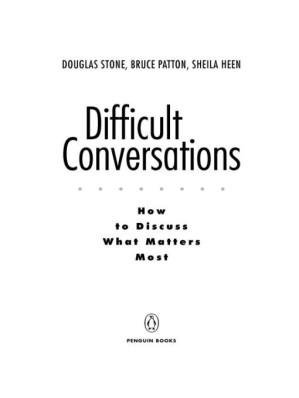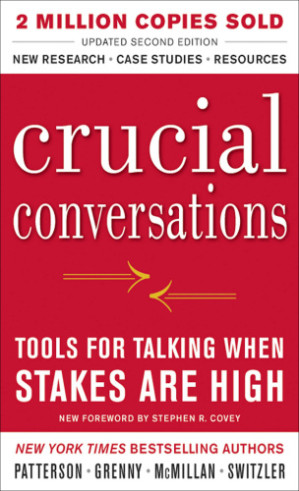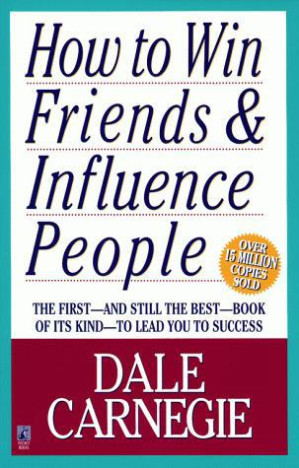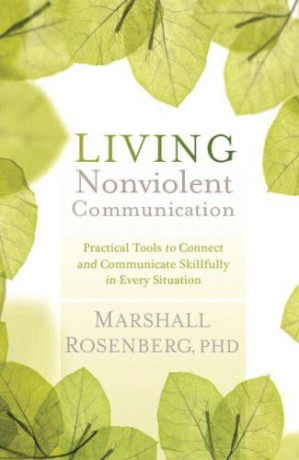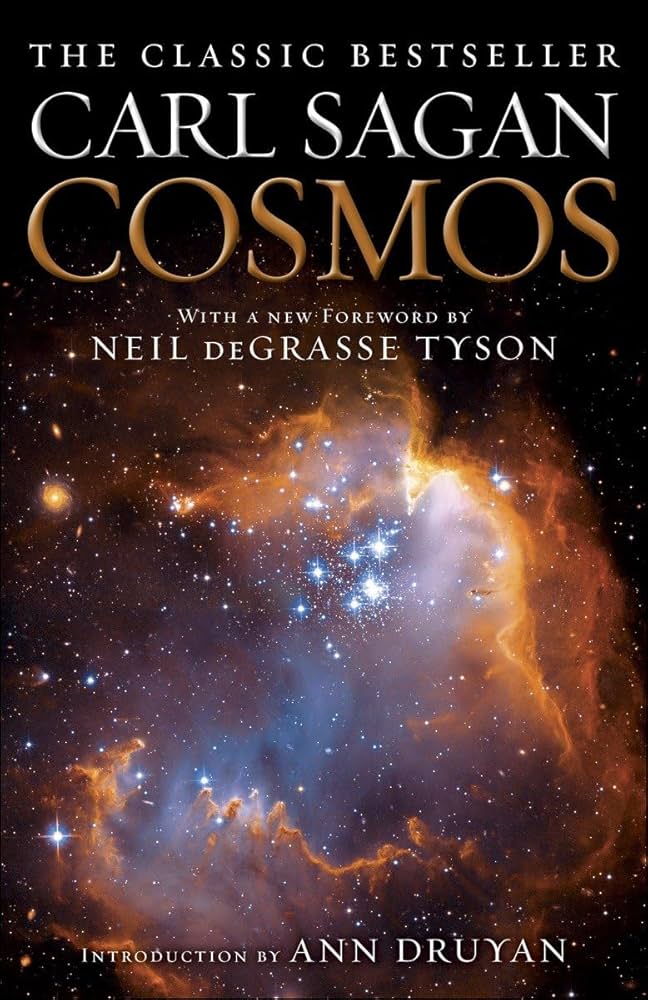The book is widely regarded as a foundational text in negotiation theory. Its clear framework and practical advice have made it essential reading for business professionals, diplomats, lawyers, and anyone who needs to negotiate effectively. The principles have stood the test of time and remain relevant decades after publication.
Critics praise the book's practical approach and its emphasis on creating value rather than just claiming it. While some negotiation experts have built upon the framework, the core principles of principled negotiation continue to be taught in business schools and negotiation courses worldwide.
